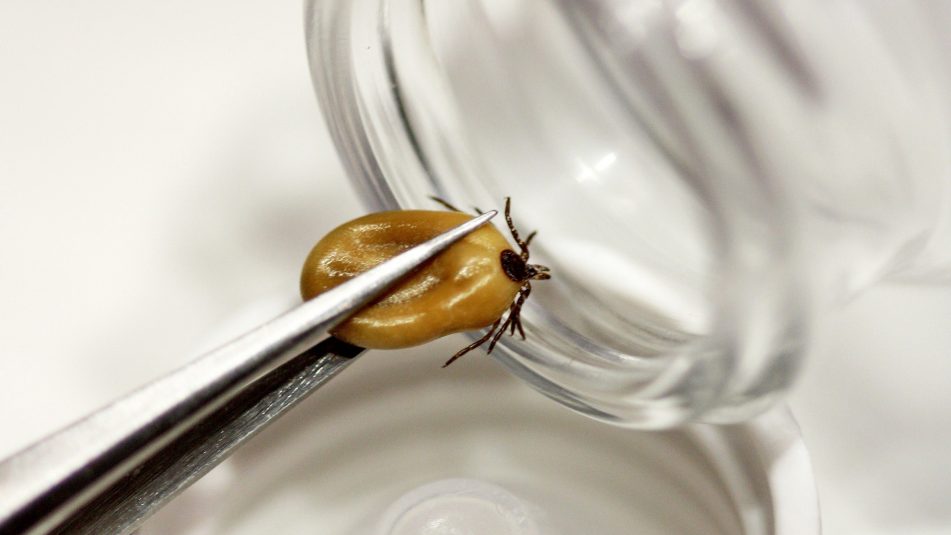

With more people joining The Tick App study, we will be able to find patterns of activity that result in a higher chance of tick exposure. Our tick research is gaining momentum, and we invite you to be part of it. So far, The Tick App has had over 2,000 downloads nationwide. Daily logs created through The Tick App allow users to be involved and researchers can further use the information to work with high-risk community members, local governments, and other partners to come up with targeted ways to prevent tick-borne diseases. In 2018, a team of researchers from Columbia University, Michigan State University and the University of Wisconsin Madison joined efforts to develop The Tick App with funding from the Centers for Disease Control and Prevention. The project is called Got Ticks Test Them For Free. SUNY Upstate Medical University is researching ticks and their diseases in Central New York. In addition to helping you personally, The Tick App has a higher purpose to support tick and tick-borne disease research. By Are you finding ticks in your yard Well now you can test them for lyme disease - for free. The app can even help you set reminders to do a daily log of checking your body for ticks. Users in the Northeast and Midwest can use the app to submit a photo of the potential exposure or tick, and an expert will send you back more detailed information. With the app, you’ll have information readily available to understand tick prevention options, potential areas where you may encounter ticks, and most importantly, ways to remove ticks after exposure. Since ticks are often found in rural or less populated areas, you may have trouble looking up information on the internet due to limited connectivity. EMAs are used to gather behavioral data in real-time.
#LAB TICK APP DOWNLOAD#
If you might encounter ticks for any reason, then you should download “The Tick App” as your expert on the go. The Diuk-Wasser lab is excited to launch The Tick App (GeoQuestion) on Block Island, Rhode Island from June through September 2017 The Tick App is an app-based research study which uses a quantitative methodology known as an ecological momentary assessment (EMA).

These tick-borne diseases should be a serious concern if you live in a high-risk area, work with animals or spend a lot of time in nature, so you need to plan accordingly. They represent a real threat to humans since they carry several infectious diseases, including the bacteria that causes typhus and Lyme disease (or Lyme borreliosis), which can be chronic and debilitating. Milder winters and warmer springs and falls are making matters worse by expanding the ticks’ range to new areas. By: Bieneke Bron, Maria del Pilar Fernandez, Pallavi Kache, University of Wisconsin - Madison & Columbia UniversityĪccording to the Centers for Disease Control and Prevention, the number of people getting diseases transmitted by ticks, mosquitoes and fleas has tripled in recent years.


 0 kommentar(er)
0 kommentar(er)
